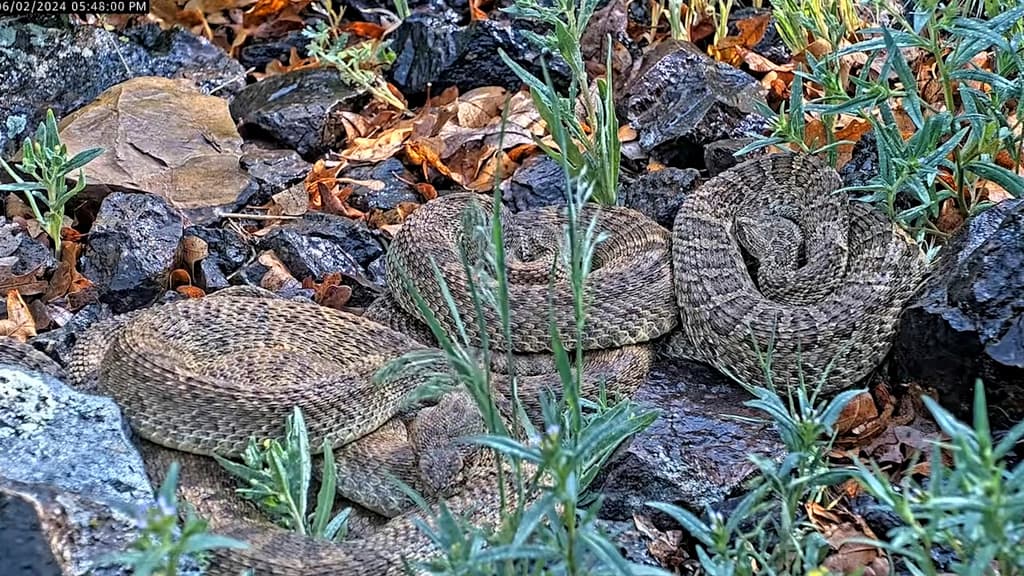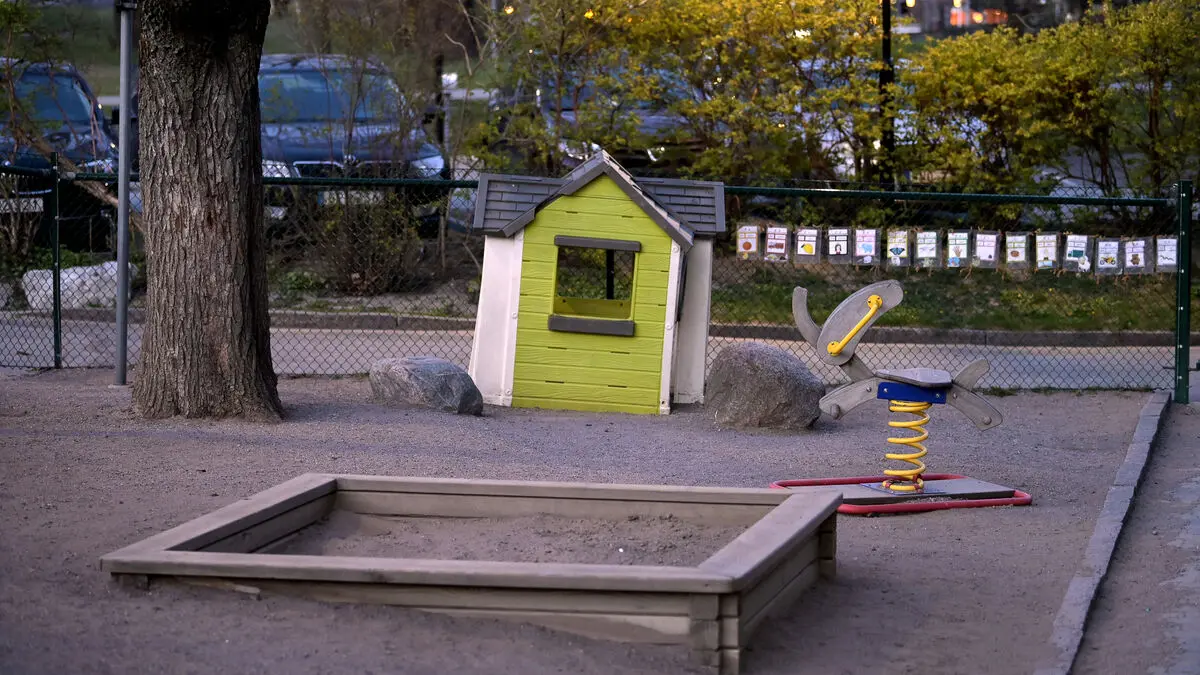Those who are tired of the large elk migration and are looking for something more venomous can go online and follow the lives of a few thousand rattlesnakes.
A web camera at a rattlesnake den on a rocky slope in northern Colorado shows, in real-time, what snake life can look like 24/7.
This is a huge rattlesnake den, one of the largest we know of, says Emily Taylor, biology professor at California Polytechnic State University, who is running the snake project, which also includes a camera in California.
The species of rattlesnake that lives at a higher altitude in Colorado hibernates in the den during the winter and emerges in the spring. At this time of year, only pregnant snakes are present, while males and non-pregnant females have moved to lower-lying areas.
In August, the snakelets are born alive, they do not hatch from eggs. According to Emily Taylor, the rattlesnakes here are mothers who take care of their young, unlike some other snake species. They protect them with their bodies from, for example, birds of prey that do not think snakes taste so bad. Sometimes the snake mothers also take responsibility for other people's snakelets.
The snakes use their bodies to collect water. When it rains, they roll up to form a cup that collects water.
Taylor takes the opportunity to defend rattlesnakes, which some two-legged individuals experience as life-threatening and aggressive and are therefore talked about.
I take them in defense and want to highlight a side of them that is really worth admiring, she says about her study subjects.





